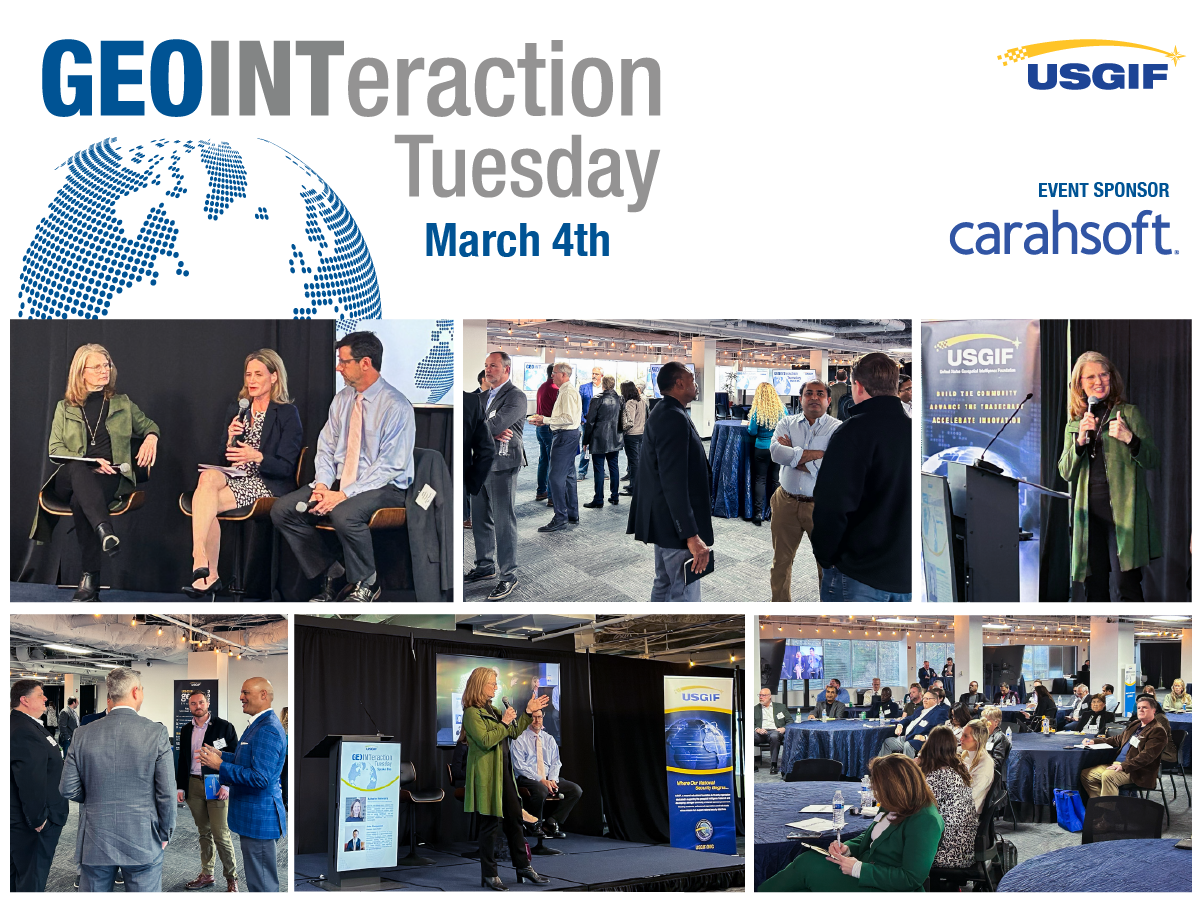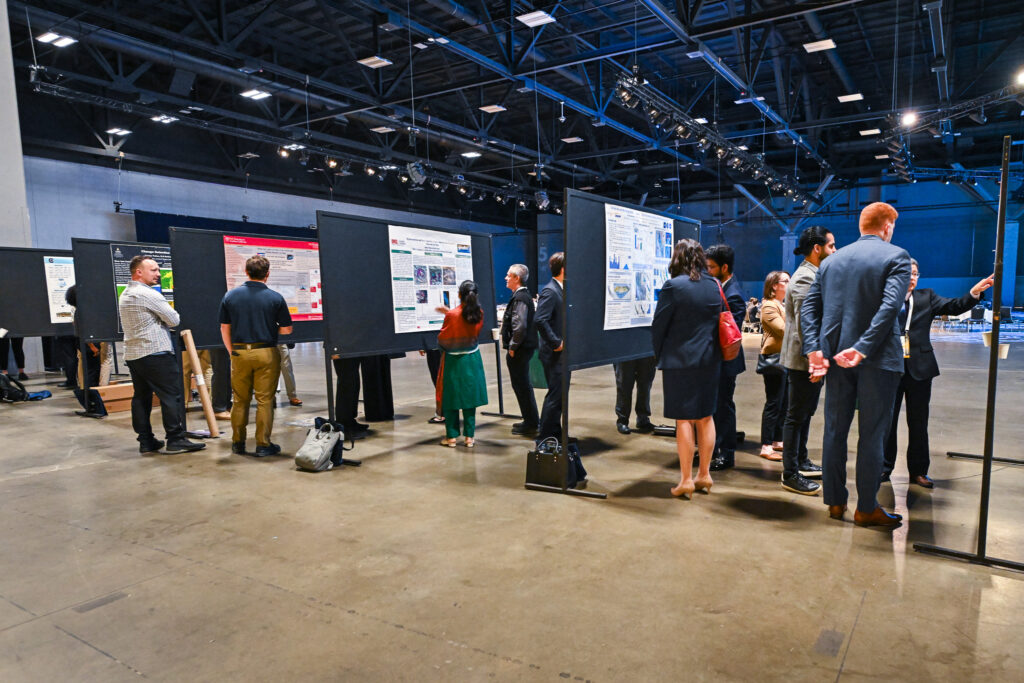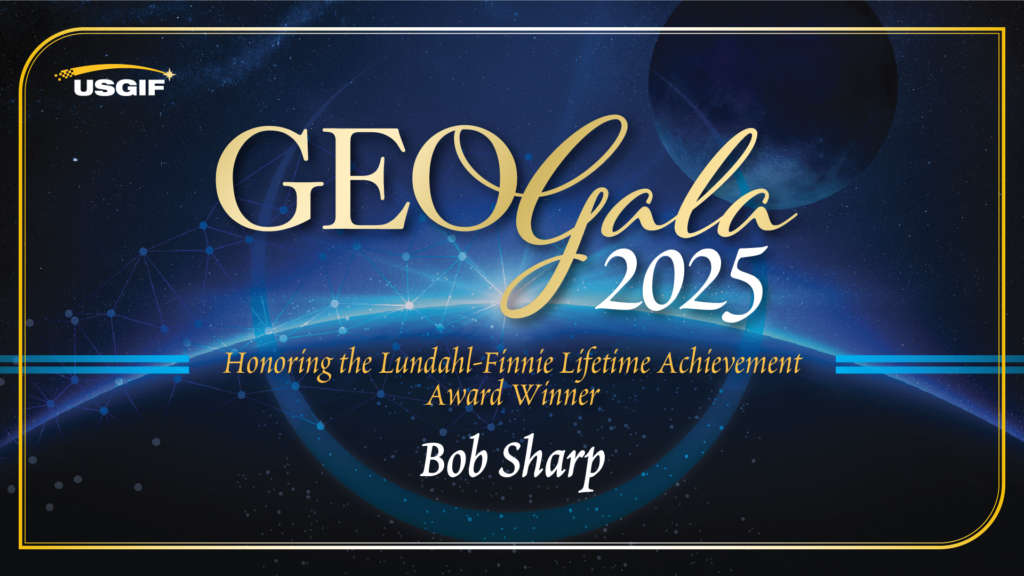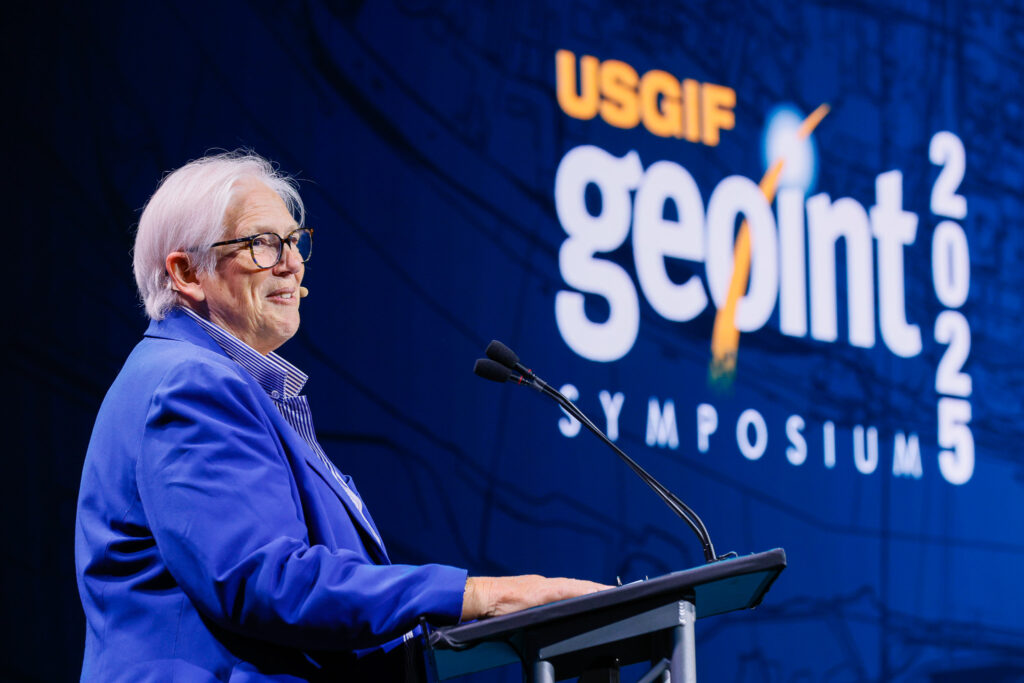AI and National Security: Navigating Innovation in an Evolving Landscape
On March 4, 2025, USGIF hosted another engaging GEOINTeraction Tuesday, bringing together industry experts to discuss the role of artificial intelligence (AI), machine learning, deep learning and robotic engineering in modernizing workforce intelligence and enhancing national security.
Thank you to Carahsoft for hosting us and to our panelists, John Goolgasian, President of Seerist Federal and Katherine Hennessey, Head of Government Services for NightDragon for sharing their expertise. Moderated by USGIF CEO Ronda Schrenk, the conversation explored how AI-driven solutions can improve efficiency, streamline decision-making, and scale across government and industry operations.
Harnessing AI for Smarter Decision-Making
AI is fundamentally changing how organizations handle data, shifting from manual processes to automated insights that empower analysts to make faster, more informed decisions. The key is designing AI systems that work seamlessly with existing workflows, reducing inefficiencies rather than creating new complexities.
John emphasized the power of AI in transforming how data is processed:
“From an AI compute and technology perspective, if we build algorithms right…we don’t have to worry about data like we used to.”
Katherine reinforced the importance of fundamentals in cybersecurity, such as ensuring data integrity and security, as AI adoption expands:
“You come back to some pretty basic things, such as access control. It may seem boring, but it’s so important.”
AI’s Role in Workforce Optimization
AI is not about replacing jobs, it’s about enabling people to focus on higher-level problem-solving.
As Katherine Hennessey Gronberg explained:
“In a world where we see pressure on jobs, AI will be used to take on lower-level tasks, allowing people to focus on more complex challenges.”
She noted that AI is already identifying system gaps, resolving issues in real-time, and helping teams work smarter. This shift allows organizations to do more with a smaller workforce while maintaining, if not improving, operational effectiveness.
John emphasized the need to empower analysts and operators with AI tools:
“We need to entrust our vetted workforce and give them access to AI tools so they can optimize their processes.”
He shared an example where an analyst-developed process cut search efforts by 75%, illustrating how AI can significantly improve efficiency when placed in the hands of end users.
Overcoming Barriers to AI Adoption
When asked about the biggest hurdles in delivering state-of-the-art technology before it becomes obsolete, panelists pointed to policy and operational challenges rather than purely technical issues.
John highlighted the need for policy and contracting reform, noting:
“Some of the same problems still exist, and they’re not technical. It’s about policies, contracting processes, and getting agencies accustomed to working in new platforms.”
Katherine added that cybersecurity is a crucial investment in this space. AI can only be effective if the data it relies on is protected. Lessons from traditional cybersecurity models still apply, even in today’s rapidly evolving landscape.
The Future of AI in National Security
With the rapid pace of change in Washington, D.C., and beyond, both speakers highlighted the opportunities emerging from technological advancements. John left the audience with a key insight:
“Where there’s change, there’s opportunity. Change is constant. The challenge is stepping back, identifying where that change is going to happen, and investing in those areas.”
Katherine added that while the global AI landscape is evolving rapidly, the United States remains at the forefront of innovation. That leadership will be critical in ensuring AI’s potential is fully realized for national security.
As AI continues to shape the future of GEOINT, the question remains: How can we best leverage this technology to enhance security, efficiency, and decision-making?
Let’s keep the conversation going.
Stay engaged with USGIF on LinkedIn and join us for future GEOINTeraction Tuesday discussions!
Related Articles
USGIF Celebrates 2025 GEOINT Symposium Student Poster Winners
USGIF proudly recognizes the outstanding achievements of the top three winners of the 2025 Student Poster Competition, selected from an exceptional field of uni…
USGIF Honors Vice Admiral Robert Sharp, USN (Ret.), with 2025 Lundahl-Finnie Lifetime Achievement Award
The United States Geospatial Intelligence Foundation (USGIF) is proud to announce Vice Admiral Robert “Bob” Sharp, USN (Ret.), as the recipient of the 2025 Arth…
GEOINT Symposium 2025 Day Three Recap
GEOINT’s Next Frontier: Space Collaboration and Strategic Alignment The final general session day of the 2025 GEOINT Symposium highlighted the challenges and o…





